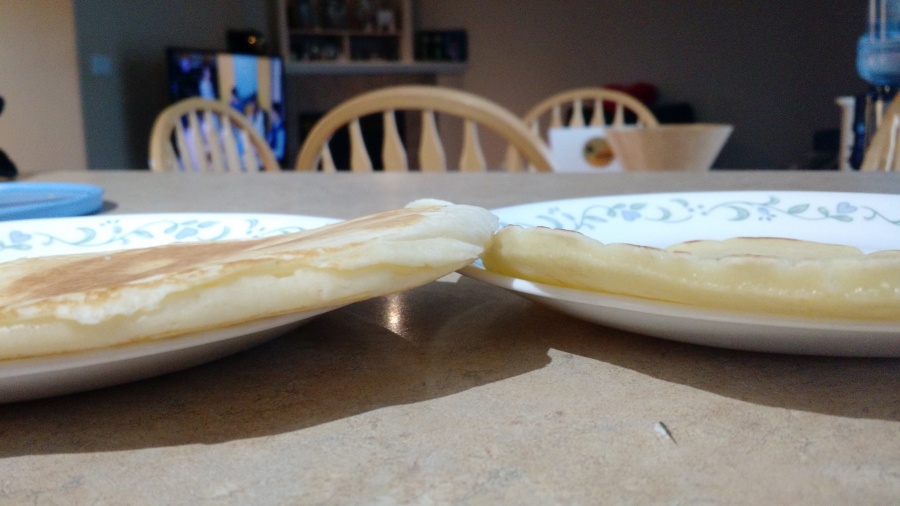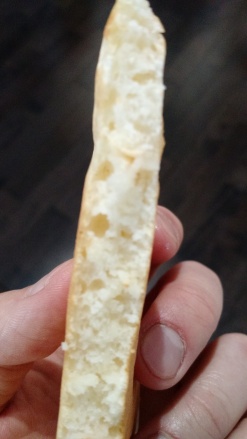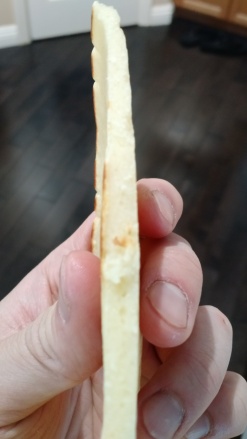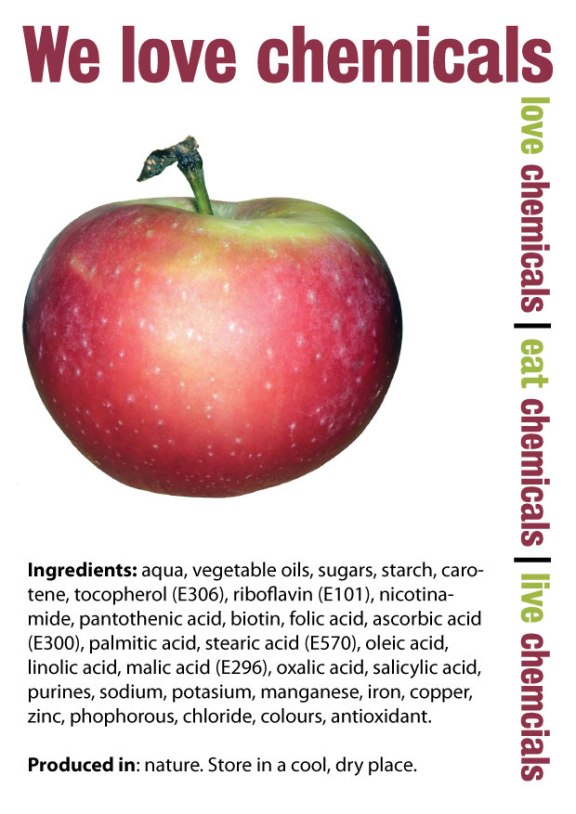If you have ever thought anything to the effect of “I do not like chemicals in my cake!”, or “I just want to eat bread, not a bunch of chemicals!”, then consider giving this post a read.

Source: http://www.smbc-comics.com/?id=3324
To start off, yes, there are chemicals in food. All substances, from the air we breathe, to the water we drink, are chemicals. You, the readers, are also chemicals. There is an assumption that the objections earlier refer to the addition of synthetic substances to foodstuffs. However, the fear-mongering of added chemicals in food is unnecessary, and often stem from baselessness. There seems to be a marketing tactic to name things as “natural”, as customers can perceive it to being better for the body. However, things such as ricin, death cap mushrooms, rattlesnakes, and bears are also natural. These can all kill you. Not too sure about you, but I would much rather eat refined table salt than encounter these “natural” substances on my plate. Refined foods, such a various naturally occurring gums, and synthetic substances such as ADA have been used in the food industry for years, with little to no causation of harmful effects.
Let us discuss two common synthetic ingredients in cake making as an example: baking soda and baking powder. In most cake formulas, you will find either baking soda (sodium bicarbonate) or baking powder (baking soda with an acid salt, usually monosodium phosphate, or aluminium sulfate). These two ingredients are chemical leaveners that release CO2 gas upon activation, which help cakes get volume and tenderness. Baking soda requires heat, moisture and an acid to activate, while baking powder only requires heat and moisture.

Figure 1: Two pancakes made from batter with, and in the absence of baking powder. Both batters were allowed to rest prior to the addition of baking powder, so the air bubbles from mixing would not be a variable. The Pancake with the leavener (left), was observed to be me much more light and had higher volume than the pancake without leavener (right).


Figure 2a(left): Cross section of the pancake with baking powder. A light texture can be observed, with fine air cells
Figure 2b(right): Cross section of the pancake without baking powder. A dense, wet texture can be observed.
As we can see from the figures above, the pancake containing baking powder had an airy crumb, while the one that lacked leavener was compact. In a nutshell, baked goods are masses of coagulated proteins and gelatinized starch. The role of leavening is to introduce air cells, stretching the proteins, thus, tenderizing the crumb.
Baking soda and baking powder are refined chemicals approved by the FDA, and have been in baked goods for years. Yet, there is no backlash from people regarding the use of these ingredients. Some people will cite their reluctance of using refined ingredients because of the inability to pronounce the words. This ignores the fact that baking soda and powder are just common names; the actual “active ingredient” names are the names of the chemical compounds. If these two ingredients were named by their active ingredient, would you suddenly want to reject the use of them? Or would you do a quick search on your favourite search engine to find out what the ingredient is? One option clearly seems like much less of a hassle than the other.
Source : http://www.chem.gla.ac.uk/staff/wynne/i/2012/we-love-chemicals-620.jpg
Everything is a chemical. Stop using the word “chemical” as a fear tactic.
If there is no hesitation with using these two ingredients, then there should not be an issue over the use of other FDA approved food additives, such as synthetic emulsifiers, gums such as carrageenan, or azodicarbonamide, for example. These refined ingredients have all been put under rigorous testing to determine safe consumption limits. These refined ingredients can improve the shelf life of baked goods, can inhibit mould, or can improve the texture. Sure, our parents or grandparents may not have used these latter ingredients; however, we must consider that everything we use in the bakery, from baking powder, to even refined wheat flour, was a new product at one point.
Baking is an ever evolving industry, with new gums, conditioners, dough improvers, and emulsifiers being constantly implemented. Once something has been determined as safe, the unnecessary fear mongering of chemicals in baked goods serves only to slow down advancement and innovation. That being said, if one chooses to consume foodstuffs that are perceived as “natural” and contain only “organic” ingredients, then that is his or her prerogative, and that is fine. However, proper research and scrutiny should be applied to any food ingredient before judgment is applied, to prevent unnecessary fear-mongering.
Thank you for reading this post, and I hope you enjoyed it.
Sources and additional information:
https://www.fda.gov/Food/IngredientsPackagingLabeling/FoodAdditivesIngredients/ucm094211.htm
https://www.sciencedaily.com/releases/2013/08/130814125039.htm
http://theconversation.com/five-myths-about-the-chemicals-you-breathe-eat-and-drink-26849
